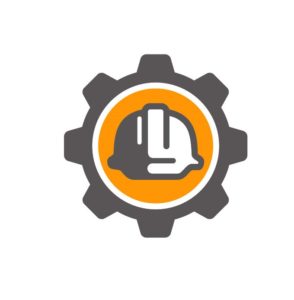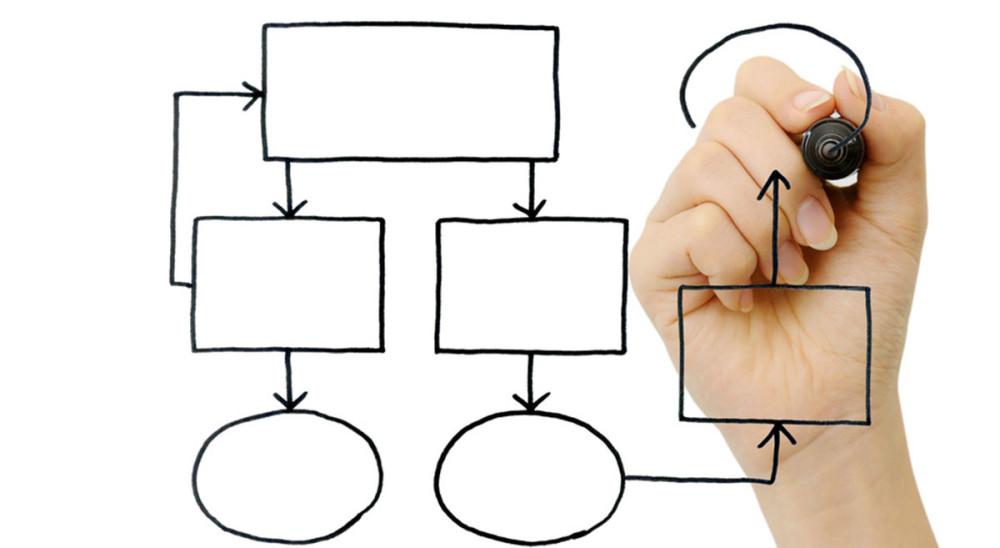
Projects require a number of checks to be completed prior to a contracting company coming on site. In hiring contractors who bring specialized equipment and knowledge to the project, there are several key elements that must be in place to ensure the liability risk is minimized.
General Contractor Liability
This is the general overriding insurance policy that the contractor will have and will list the hiring (may be prime) contractor on the policy. The policy must meet a minimum dollar value, as determined by the hiring party (e.g., a $5,000,000 CGL policy).
WCB/WorkSafe BC Coverage
Not all companies are required to have a WCB (Workers’ Compensation Board) account established for their workers. There are certain types of industries that are exempt, although there is an opt in available. For the most part, all industries that you’ll encounter on a construction worksite must hold a valid WCB account. The premiums are set using a combination of the industry’s and the company’s rates of injury. The industry average will be the benchmark for determining its rate and a company will be judged as above or below industry average.
When contracting a company to come on site to provide services, it’s imperative that the hiring company verify that the contractor has an active and current WCB account by obtaining a “Clearance Letter” from the appropriate source. Note that the clearance letter will verify that the account is active and the industry the coverage is for. It’s critical to check the industry type, as some contractors work in multiple industries. In the latter case, one account may be suspended or inactive, which could put you at risk if an incident occurred. Always request a clearance letter (e.g., Alberta=WCB) at the start of the contract to ensure the right coverage for the appropriate industry is in place. Based on the province your company is registered in, there is a governing body that manages this. In British Columbia, for example, contact WorkSafe BC https://www.worksafebc.com/en/insurance/why-clearance-letter/get-clearance-letter
Total Recordable Injury Frequency Rate (TRIF)
 This is the rating that receives the most attention when hiring contractors for a project. It’s also the most misunderstood.
This is the rating that receives the most attention when hiring contractors for a project. It’s also the most misunderstood.
Let’s look at how the rate is calculated.
Total Number of Recordable Cases x 200,000/divided by total hours worked by all employees during the year covered, because 100 workers working a 40-hour work week each year, is equal to roughly 200,000 hours. This tells you how many workers are calculated/forecast/predicted to get injured for every 100 employees’ full-time hours worked.
Here’s the problem with using this formula when assessing the TRIF rates. In Alberta, in 2019, there were approximately 22,000 construction businesses. Of those, under 400 or 1.7% had 100 employees or more. That means that we are using a formula that assumes the company will be working 200,000 manhours per year which in this case would only apply to less than 2% of all construction companies in the province!
Whether you’re the hiring contractor or the company being hired, it’s important to discuss how to use TRIF rates as a benchmark. I would suggest that the number isn’t a very accurate indicator of future performance. Instead, the focus should be on the company’s past incidents, modified work programs, types of injuries and their overall HSMS. Look at the historical numbers to get a sense of how they compare to other similar size companies in their industry.
Documentation and Training
 Whenever a project is awarded, the prime contractor will begin looking to hire subcontractors for a wide variety of activities. Some subcontractors will perform the majority of the work on the site, while others are only there to support the main activity. Regardless of the extent of the work performed, each proposed subcontractor’s HSMS should be reviewed to determine if they’re eligible to work on the project or not. After reviewing a company’s documentation, their H&S manual and physically viewing the equipment to be used, you’ll have a clear picture of their overall H&S Program. After review, the hiring of any subcontractor must be discussed and the level of required support determined before they are brought into the project.
Whenever a project is awarded, the prime contractor will begin looking to hire subcontractors for a wide variety of activities. Some subcontractors will perform the majority of the work on the site, while others are only there to support the main activity. Regardless of the extent of the work performed, each proposed subcontractor’s HSMS should be reviewed to determine if they’re eligible to work on the project or not. After reviewing a company’s documentation, their H&S manual and physically viewing the equipment to be used, you’ll have a clear picture of their overall H&S Program. After review, the hiring of any subcontractor must be discussed and the level of required support determined before they are brought into the project.
Questions to be asked when hiring subcontractors:
- Is there an active HSMS in place? Look at type of system; paper vs digital; corrective actions are followed up on; etc.
- Is there a H&S contact that is solely responsible for the overall program? Is the person on site with crews? Are documented inspections available for review?
- Will the subcontractor be working under their own program or will they be brought in under yours for the project?
Do they walk through the H&S processes that will be used daily and how these will be accomplished? Daily documentation generation and submittal; Incident reporting; mileage tracking; etc.


0 Comments